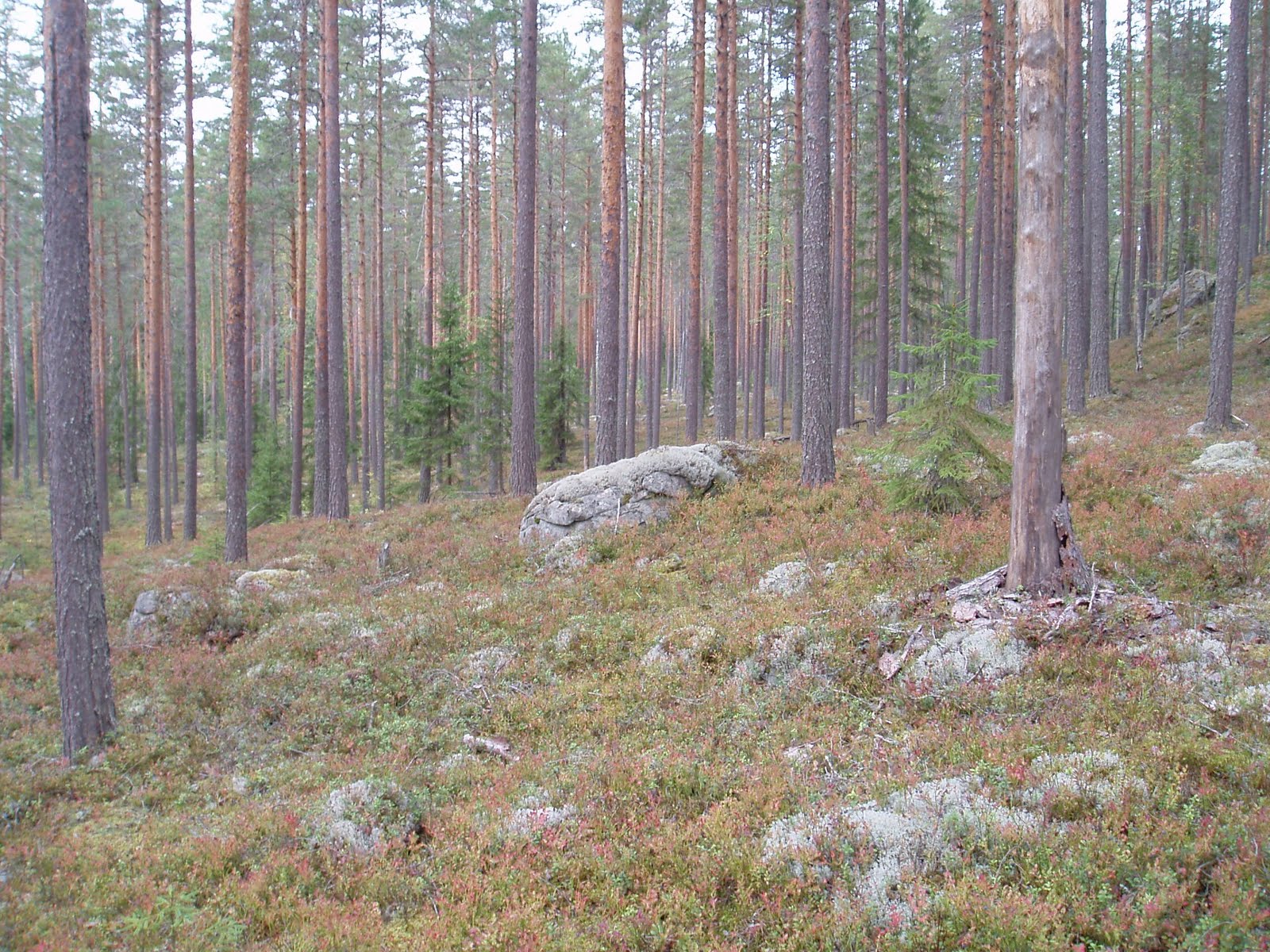T
Tom Bick
Guest
Don’t want to pull you up ITLD but you are partly right. I am well aware of regional description’s of various timbers and totally agree with you that redwood is a term given to Scandinavian and Russian pines it comes in various grades 1 to 5 and unsorted, and the unsorted is the best grade, don’t ask me how but it is.
Whitewood to me is not the sap from redwood but timber from spruce trees you would not get enough sapwood from pines to produce hives from without plenty of gluing. The white wood / spruce is recognisable from its pale colour and the knots are generally grey in colour and as hard as nails. This white spruce bought from general timber yards and builders merchants is not a great durable timber, its also sold as carcassing timber when sawn. Not wanting to totally put down spruce trees as a few of the family are very durable.
On the whole a good quality pine / redwood will last as long as cedar, I am currently overhauling some windows made 100 years ago from quality pine they have not been painted in 20 years and a good bit of timber is exposed but in great condition, it’s the glue and the joints that have failed otherwise they are great.
But the term DEAL is alien to me I don’t know what it is but some strange description to cheep timber from some builders merchants.
Just to add I was typing and distracted when you re-posted
Whitewood to me is not the sap from redwood but timber from spruce trees you would not get enough sapwood from pines to produce hives from without plenty of gluing. The white wood / spruce is recognisable from its pale colour and the knots are generally grey in colour and as hard as nails. This white spruce bought from general timber yards and builders merchants is not a great durable timber, its also sold as carcassing timber when sawn. Not wanting to totally put down spruce trees as a few of the family are very durable.
On the whole a good quality pine / redwood will last as long as cedar, I am currently overhauling some windows made 100 years ago from quality pine they have not been painted in 20 years and a good bit of timber is exposed but in great condition, it’s the glue and the joints that have failed otherwise they are great.
But the term DEAL is alien to me I don’t know what it is but some strange description to cheep timber from some builders merchants.
Just to add I was typing and distracted when you re-posted
Last edited:




